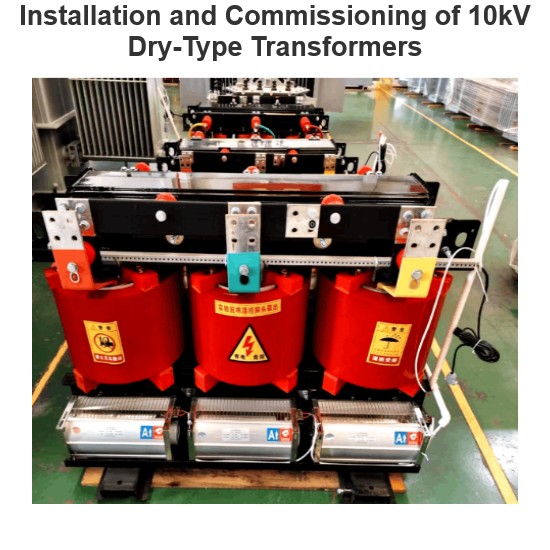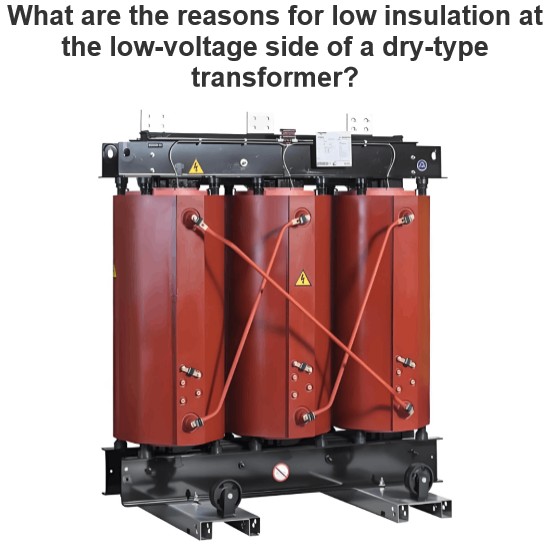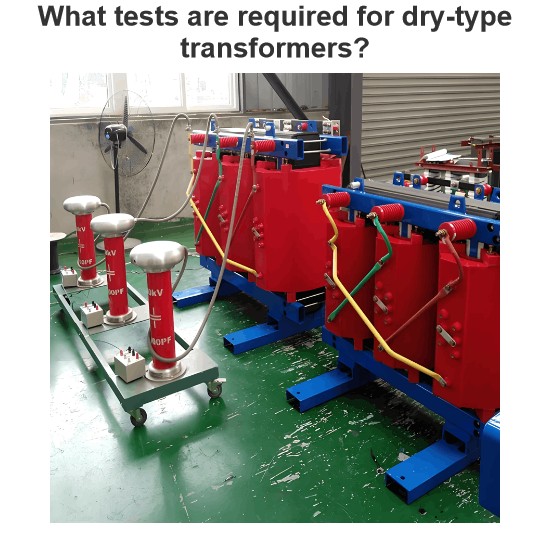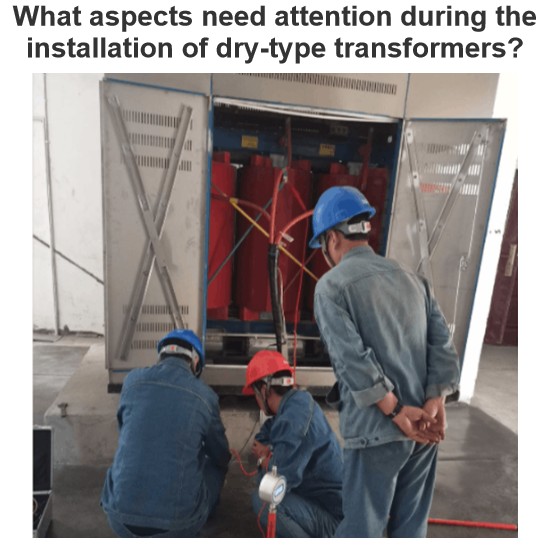What are the main causes for distribution transformer failure?
Main Causes of Distribution Transformer Failures
Distribution transformers are essential components in power systems, used to convert high-voltage electricity to low-voltage electricity for end-users. Transformer failures can be caused by various factors. The following are some common reasons for distribution transformer failures:
1. Overloading
Cause: Operating the transformer beyond its rated capacity for extended periods.
Consequence: Excessive heat generation, leading to the degradation of insulation materials, which can ultimately result in insulation breakdown and short circuits.
2. Insulation Aging
Cause: Long-term operation, high temperatures, humidity, and chemical corrosion can degrade insulation materials.
Consequence: Reduced insulation performance, leading to leakage, short circuits, or breakdowns.
3. Overvoltage
Cause: Lightning strikes, grid faults, and switching surges.
Consequence: Overvoltage can cause insulation breakdown, leading to internal short circuits or ground faults.
4. Short Circuits
Cause: External short circuits (e.g., line-to-line or line-to-ground faults) and internal short circuits (e.g., turn-to-turn short circuits in windings).
Consequence: Generation of massive short-circuit currents, which can damage or burn out the transformer.
5. Mechanical Damage
Cause: Impact and vibration during transportation and installation.
Consequence: Deformation of windings, broken leads, or damaged insulation.
6. Deterioration of Oil Quality
Cause: Contamination, moisture ingress, and oxidation of transformer oil.
Consequence: Degradation of the oil's insulating properties, leading to internal short circuits or breakdowns.
7. Cooling System Failure
Cause: Malfunction of cooling equipment such as fans and oil pumps.
Consequence: Poor heat dissipation, resulting in excessive temperature rise and accelerated aging of insulation materials.
8. Manufacturing Defects
Cause: Poor design, substandard materials, and manufacturing process defects.
Consequence: Various faults during operation, such as localized overheating and poor insulation.
9. Environmental Factors
Cause: Harsh environmental conditions such as high temperatures, high humidity, salt spray, and dust.
Consequence: Accelerated aging of insulation materials, leading to a decline in insulation performance.
10. Improper Maintenance
Cause: Lack of regular maintenance, delayed repairs, and improper operation.
Consequence: Degradation of transformer performance and potential failure.
11. Harmonic Pollution
Cause: Harmonic currents generated by non-linear loads.
Consequence: Increased transformer losses and temperature rise, leading to overheating and insulation damage.
12. Grounding Faults
Cause: Poor grounding systems and high grounding resistance.
Consequence: Abnormal internal potentials in the transformer, leading to faults.
Summary
Distribution transformer failures can be caused by a variety of factors, including overloading, insulation aging, overvoltage, short circuits, mechanical damage, deterioration of oil quality, cooling system failures, manufacturing defects, environmental factors, improper maintenance, harmonic pollution, and grounding faults. To ensure the safe and reliable operation of transformers, regular maintenance and inspections are necessary to identify and address potential issues promptly.
The Electricity Encyclopedia is dedicated to accelerating the dissemination and application of electricity knowledge and adding impetus to the development and innovation of the electricity industry.













